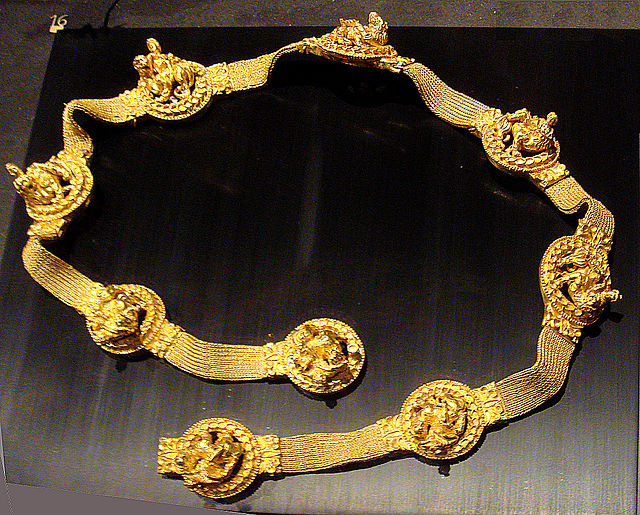Ariana was a general geographical term used by some Greek and Roman authors of the ancient period for a district of wide extent between Central Asia and the Indus River, comprising the eastern provinces of the Achaemenid Empire that covered the whole of modern-day Afghanistan, as well as the easternmost part of Iran and up to the Indus River in Pakistan. Ariana is the Latinized form of the Ancient Greek Ἀρ(ε)ιανή Ar(e)ianē, originating from the Old Persian word Ariyanem (Ariana) meaning 'the Land of the Aryans', similar to the use of Āryāvarta.
The Atlas of Ancient and Classical Geography by Samuel Butler and Ernest Rhys, showing Ariana in the east (yellow) based on Eratosthenes descriptions.
Afghanistan, officially the Islamic Emirate of Afghanistan, is a landlocked country located at the crossroads of Central Asia and South Asia. Referred to as the Heart of Asia, it is bordered by Pakistan to the east and south, Iran to the west, Turkmenistan to the northwest, Uzbekistan to the north, Tajikistan to the northeast, and China to the northeast and east. Occupying 652,864 square kilometers (252,072 sq mi) of land, the country is predominantly mountainous with plains in the north and the southwest, which are separated by the Hindu Kush mountain range. Kabul is the country's largest city and serves as its capital. According to the World Population review, as of 2023, Afghanistan's population is 43 million. The National Statistics Information Authority of Afghanistan estimated the population to be 32.9 million as of 2020.
Tents of Afghan nomads in the northern Badghis province. Early peasant farming villages came into existence about 7,000 years ago.
A "Bactrian gold" Scythian belt depicting Dionysus, from Tillya Tepe in the ancient region of Bactria
Portrait of Ahmad Shah Durrani c. 1757
Afghan tribesmen in 1841, painted by British officer James Rattray





